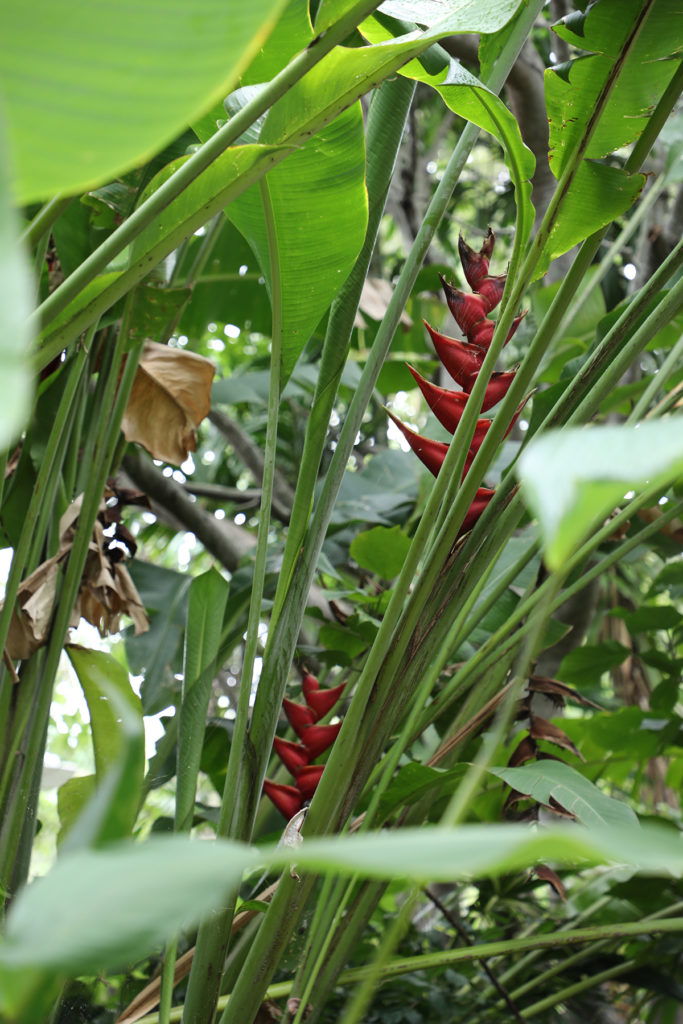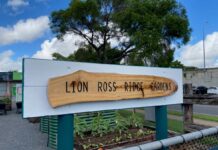
Standing at least three metres tall and featuring bright red flowers, the Giant Red has been aptly named and is a sight to behold at the Botanic Gardens.
The impressive plant is the largest Heliconia species in the world and is expected to bloom in the gardens from now until autumn.
Bundaberg Regional Council’s Botanic Gardens Area Supervisor Cody Johnson said the plant was always a showstopper for visitors due to its unique and mighty appearance.
“What appears to be the flowers are not flowers at all but are the specialised outer leaves of the plant which are called a bract,” he said.
“The bracts are the red component of the plant and the flowers are found in the middle of each bract.
“In the species at the Botanic Gardens, these flowers are white.”
Cody said the reason that the bracts were so large and colourful was to ensure only specialised birds could reach the sweet nectar.
“For example hummingbirds love this plants, but as we don’t have hummingbirds in Australia, butterflies will be attracted to the flowers instead,” he said.

Cody said Heliconias had a long history and were closely related to bananas, ginger and bird of paradise.
“The Heliconia is named after Mount Helicon the seat of the Muses, the nine goddesses of the arts and science in Greek mythology,” he said.
“The plants have long, lush paddle-shaped leaves which are in different positions along the plant so it can absorb different levels of sunlight.”
Cody said there were more than 200 species of Heliconia in the world, with the plant originating in Central and South America.
“They come in different sizes, starting from about one metre all the way up to the Giant Red which can grow up to five metres,” he said.
How to grow a Giant Red
If you fancy yourself a bit of a green thumb, Cody said Heliconias were easy to grow and just needed organic matter, fertiliser and mulch added to the soil.
“They can tolerate the full sun but grow well in part shade,” he said.
To find out more about plants at the Botanic Gardens click here.
- Related stories: Travel the world at Bundaberg Botanic Gardens







